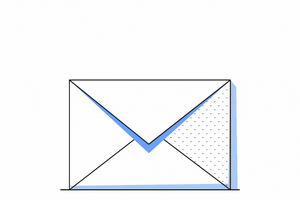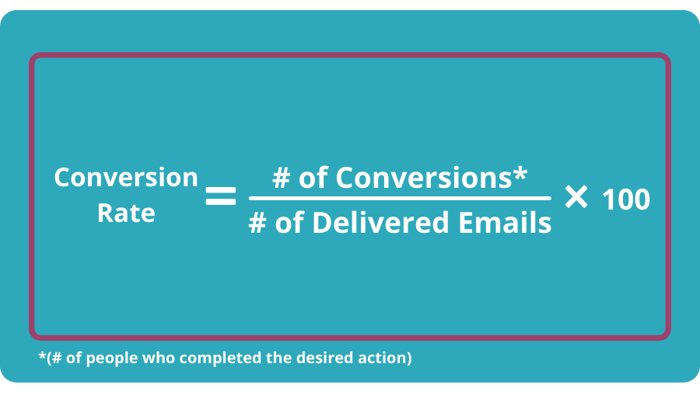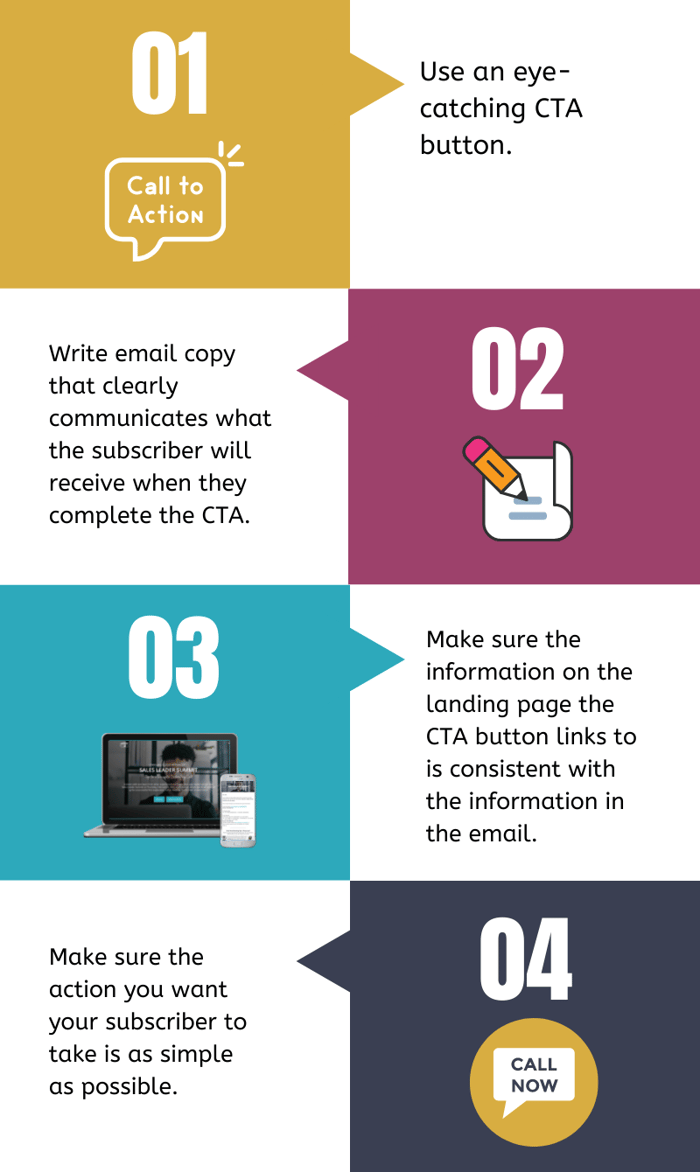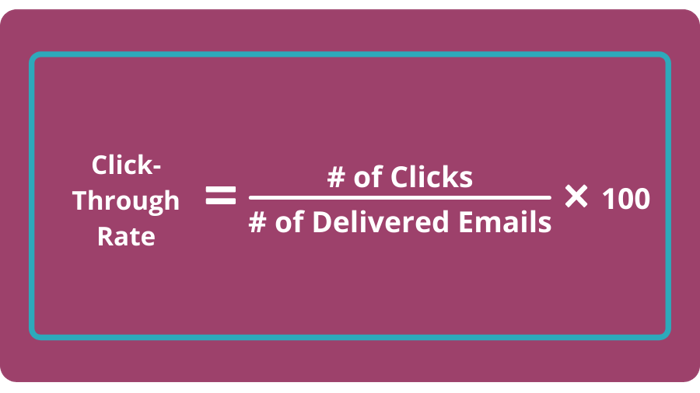2022 Email Marketing Trends That Will Truly Impact Your ROI
In 2019, more than 306 billion emails were sent and received every day. 😲 Yep, you read that right…EVERY DAY. And it’s expected that by 2025, that...
3 min read
 Amy Judge
:
February 15, 2022
Amy Judge
:
February 15, 2022

Part 3 of our Key Metrics Series
Email marketing, when done well, can be one of the most effective ways to engage your audience. However, it doesn’t matter how well your email campaigns are executed if you can’t track whether or not they are helping you meet your goals. That’s where key metrics come in.
Key metrics, or key performance indicators (KPIs), are measurable values that help you determine how successful your marketing efforts — in this case, your email marketing campaigns — have been. The specific metrics you choose to track will depend on your marketing objectives for your email campaigns.
Is your email marketing effective? The following key metrics will help you find out.
 Your email open rate tracks how many subscribers opened each of your emails. This metric helps you understand how well your subscribers are receiving your messages as well as how effective your subject line copy is.
Your email open rate tracks how many subscribers opened each of your emails. This metric helps you understand how well your subscribers are receiving your messages as well as how effective your subject line copy is.
For most email campaigns we look for a minimum open rate of 18-20%, but if your email list contains mostly prospects and leads, your numbers might be closer to 13-14%. If the open rates of your campaign are higher than 25%, you’re really doing something right!
To improve your open rate, focus on your subject lines:
 Something to note: With Apple’s iOS 15 update has come new email privacy features for Apple Mail users that mask IP addresses and block third parties from tracking email opens and other IP data. Since 50% of email users use Apple Mail, open rate is becoming less of a viable metric, so greater emphasis should be placed on other, more useful, metrics, such as conversion rate.
Something to note: With Apple’s iOS 15 update has come new email privacy features for Apple Mail users that mask IP addresses and block third parties from tracking email opens and other IP data. Since 50% of email users use Apple Mail, open rate is becoming less of a viable metric, so greater emphasis should be placed on other, more useful, metrics, such as conversion rate.
Conversion rate assesses how many people clicked on a link in your email and then completed a desired action. For example, if your email includes a link to download an eBook, the conversion rate for that email would measure how many people downloaded the eBook after clicking on the link.
Conversion rate is an important metric that shows how successful your email campaign is at meeting the goal you set for it.
Calculate your email’s conversion rate like this:

Check out these 4 ways you can improve your conversion rate:

In the case of email marketing, CTR measures the percentage of people who clicked on one or more links in your emall. Your CTR allows you to easily calculate the performance of each email you send. Then you can track how your CTR changes over time.
You can calculate your CTR as follows:

For reference, CTRs are usually much lower than open rates — the average CTR for most email campaigns is 4-6%.
Tip: To improve your CTR, include links in appropriate places throughout the body of your email, as well as an eye-grabbing CTA button at the end.
 This bounce rate metric is a bit different than the one we talked about in our website metrics blog.
This bounce rate metric is a bit different than the one we talked about in our website metrics blog.
When it comes to email marketing, bounce rate is the percentage of your emails that couldn’t be successfully delivered to the recipient’s inbox.
Measuring your bounce rate against your open rate will give you a good indication of the quality of your email subscriber list — in other words, if the email addresses on your list are legitimate or not.
There are two types of bounces to be aware of:
 Email bounce rate is one of the key factors internet service providers (ISPs) use to determine an email sender’s reputation. Too many bounces will make you look like a spammer in the eyes of ISPs.
Email bounce rate is one of the key factors internet service providers (ISPs) use to determine an email sender’s reputation. Too many bounces will make you look like a spammer in the eyes of ISPs.
Tip: Want to preemptively lower your bounce rate? Require a double opt-in to subscribe to your email list.
 This is the percentage of email recipients who unsubscribe from your mailing list after opening an email. A high number of unsubscribes can be discouraging, but there’s a more positive way to look at it:
This is the percentage of email recipients who unsubscribe from your mailing list after opening an email. A high number of unsubscribes can be discouraging, but there’s a more positive way to look at it:
In fact, many subscribers who no longer want to read your emails may not bother going through the unsubscribe process — they’ll just stop opening, reading, and clicking on your messages. This is why CTR and conversion rates offer a more accurate measurement of subscriber engagement than unsubscribes do.
If your email marketing key metrics aren’t looking great, or you feel overwhelmed at the thought of keeping track of all of this stuff, Wild Fig Marketing can help. We’ll help you automate, track, and measure your email marketing for on-point delivery and a maximum return on investment.


In 2019, more than 306 billion emails were sent and received every day. 😲 Yep, you read that right…EVERY DAY. And it’s expected that by 2025, that...

In 2022, the number of global email users was forecast at 4.3 billion. In 2025, that number is expected to grow to 4.6 billion—that’s more than half...
![Should You Send Emails to Unengaged Contacts? [Spoiler: No, and Here’s Why…]](https://www.wildfigmarketing.com/hubfs/bigstock--220855843.jpg)
You know the feeling: you’ve finally collected a decent number of email addresses for your list…but now they don’t seem to be engaging with your...